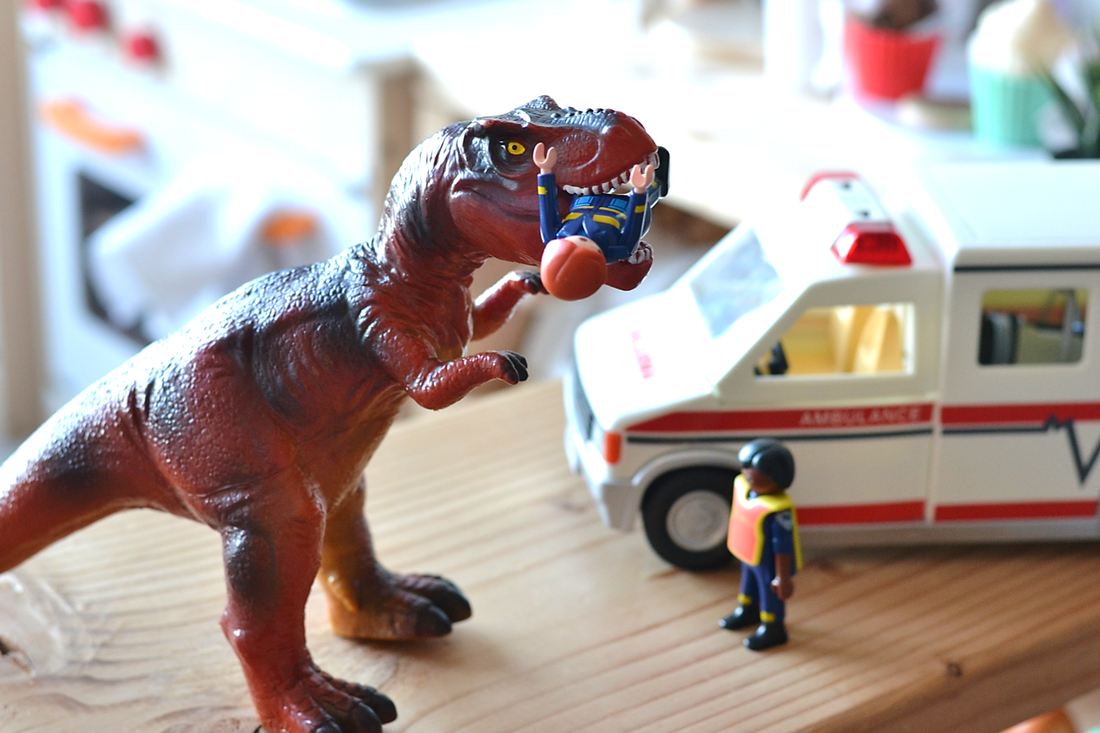|
Is he really ready for the trauma work? What if it gets worse? I don’t know if she can handle it. Is this the right time?
These are real fears that come up for us as therapists who work with trauma, especially when we consider the ethical principle of nonmaleficence or do no harm. AND as trauma therapists we need to have some objectivity and identify whether the fear is due to the child actually not being ready or if the fear is our own. To piece this apart I wanted to share what goes into my decision making about child readiness for EMDR. If we ground ourselves in the 8 phase model of Eye Movement Desensitization and Reprocessing (EMDR) the answers to the questions above will become clearer. Specifically asking ourselves “Are the activities that we are doing with young people in Phase 2 Preparation Phase sufficient enough and is the environment stable enough to warrant moving on into working with trauma memories?” To answer that question we need to look at the work of Dr. Francine Shapiro, the originator and developer of EMDR who gives clear identifications of the factors for readiness for EMDR. Kathleen M. Martin LICSW also developed an amazing Readiness Checklist for Phase 4 of EMDR that I use as an invaluable resource.* So, first we are looking for a strong therapeutic alliance where young people feel safe enough to be honest and truthful about the EMDR process. For young people who are typically not voluntarily signing up to do trauma work (as adults are) and are brought in by a parent, it may take a longer period of time to build the therapeutic alliance. Next we consider if we as therapists have a thorough enough history of the presenting problem, negative cognitions, and themes. We need to have a clear understanding of the order of progression through the trauma targets and also identify if there are any secondary gains that need to be identified and addressed. As Play Therapists we can gather rich information and data from non directive forms of Play Therapy such as Child Centered Play Therapy. By understanding themes in the play we can develop hypotheses about how these themes relate to their Negative Cognitions for EMDR work. Next we look at stability, which is so essential to consider for young people. Young people may be going back into a significantly chaotic, traumatic, or abusive home environment which may not be supportive of trauma work. Or there may be other environmental factors that would indicate putting a pause on trauma desensitization and reprocessing work such as a teen just breaking up with a partner, a child losing a family member, parents announcing a divorce, a large test coming up, or any other sort of destabilization or stressful events that would be negatively impacted if the child were dysregulated from trauma reprocessing. Also consider other timing issues such as therapist or client vacation or extended periods of absence. We want to make sure that we are available to our clients during Phase 4 of EMDR and there are not going to be any extended periods where a client does not have access to their therapist. Another issue to consider is if a client has difficulty with consistent attendance. This is one of my big factors for beginning trauma work with children, because if they are missing 1-2 or more sessions per month our trauma processing will not be consistent. We also want to screen for dissociation unless you are specifically trained and have received consultation in working with EMDR and dissociation. My go to screenings are the Adolescent Dissociative Experiences Scale-II and the Child Dissociative Checklist - Version 3, which is a parent report for younger children. So if all of those factors are met then we look at the activities we are doing with clients in sessions. First we need to make sure that young people have an age appropriate idea of what EMDR is. We also need to make sure that young people have all their questions answered about what EMDR might be like. Oftentimes parents get the longer more in depth explanation and younger people can have a shorter and simpler explanation or a metaphor. We also want to make sure parents have a clear understanding of what symptoms may be like after reprocessing and how to support their child after a trauma session. There also needs to be some familiarity with the materials and types of scaling questions that will be used in Phases 3-6. For example we don’t want the first time a child uses the sand tray to be the first time they enter Phase 4. This new type of material or activity can actually create a neuroception of danger which is contraindicated for starting Phase 4. We also want young people to have ample time to experiment with different kinds of Bilateral Stimulation (BLS) to get used to what type feels best for them. During the preparation phase we also want to make sure we are playing games and engaging in activities that label feelings, increase emotional literacy, use scaling, and help identify body sensations. If young people are not able to stay within their window of tolerance, have dual awareness of the past and present, or cannot engage in state change from dysregulated to regulated (both in and out of session) then more preparation phase work is needed. We need to make sure that young people have access to feelings (not over accessing or repressing), can label them, can identify the level of feeling, and can connect to their body sensations before moving forward. Again, if you are nodding and all of this looks good and seems right then it is likely that a child is ready to enter Phases 3-8 of EMDR. You know your client best and ensuring factors for readiness are met, reliance on your training, and using your clinical judgement is key to make the official decision. If you are still unsure then you can start with an easier or “softer” target to see how young people handle the BLS and reprocessing. This may be a milder trauma target or a present day trigger. Want to know more about trauma, EMDR, and children? Check out my training on Playing Through Phase 2: Combining Bibliotherapy and Play Therapy for Phase 2 of EMDR. What else do you look for as a "green light" for trauma work? Drop a comment below! *If you google this description you can easily find the Readiness Checklist for Phase 4 of EMDR sheet Kathleen M. Martin LICSW also developed. It is not hosted on a website and clicking on the link lets you automatically download the word document.
0 Comments
Leave a Reply. |
Hi, there!I'm Ann Meehan, an LPCC, Loading... Archives
July 2024
Categories
All
|
Privacy Policies | Terms of Use | Disclaimer
Contact
[email protected] | Copyright Meehan Mental Health Services 2022
Contact
[email protected] | Copyright Meehan Mental Health Services 2022





